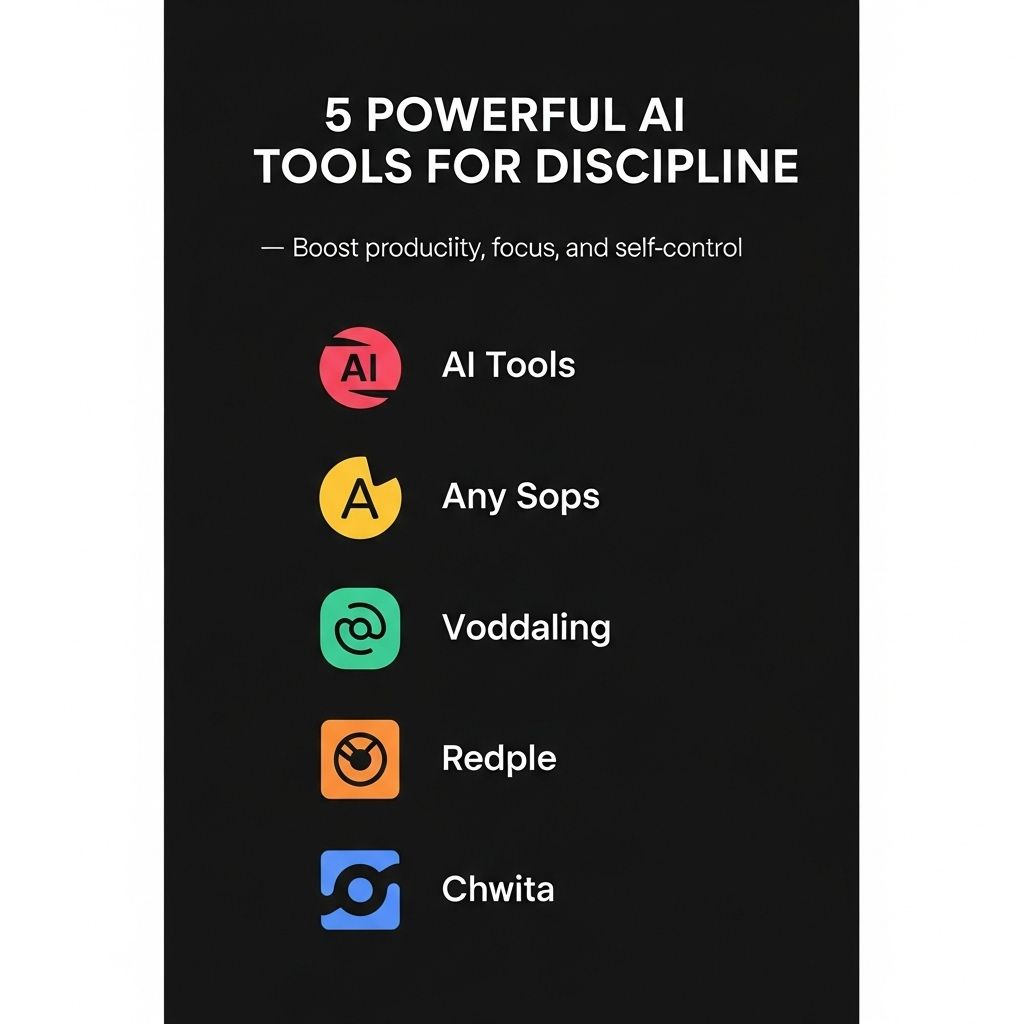In today’s fast-paced world, the demand for efficiency and productivity is higher than ever. Many professionals find themselves overwhelmed by repetitive tasks that consume valuable hours of their day. Automation technology has emerged as a powerful solution to this problem, offering the potential to streamline workflows and reclaim time for more strategic work. This article will explore how you can leverage automation to earn back 20 hours in your weekly schedule, transforming your productivity and work-life balance.
Understanding Automation
Automation refers to the use of technology to perform tasks with minimal human intervention. It encompasses a wide range of tools and processes that can help you accomplish repetitive tasks more efficiently. By automating certain elements of your workflow, you can reduce the time spent on mundane activities and focus on higher-value work.
Types of Automation
- Robotic Process Automation (RPA): Utilizes software robots to automate rule-based tasks often performed by human workers.
- Workflow Automation: Involves the automation of processes and workflows within various applications, improving efficiency across teams.
- Task Automation: Encompasses the use of scripts or tools to perform specific tasks automatically, such as scheduling meetings or sending emails.
- AI-Powered Automation: Leverages artificial intelligence and machine learning to make decisions and take actions based on data input.
Identifying Tasks to Automate
The first step in earning back hours through automation is identifying which tasks consume your time without adding significant value. Here are some categories to consider:
Repetitive Administrative Tasks
Administrative tasks such as data entry, scheduling, and reporting can often be automated. Examples include:
- Data Entry: Use forms and integrations to automatically populate databases.
- Email Management: Set up filters and autoresponders to manage your inbox efficiently.
- Meeting Scheduling: Utilize tools like Calendly or Doodle to automate the scheduling process.
Communication and Collaboration
Effective communication is vital in any organization, but it doesn’t always require manual effort. Consider automating:
- Follow-up emails after meetings or events.
- Daily or weekly status updates to your team.
- Notifications for project deadlines or milestones.
Marketing and Sales Processes
Automation in marketing and sales can significantly enhance productivity. Look for opportunities in:
| Task | Automation Tool |
|---|---|
| Lead Generation | HubSpot, Mailchimp |
| Email Campaigns | ActiveCampaign, ConvertKit |
| Social Media Posting | Buffer, Hootsuite |
| CRM Management | Salesforce, Zoho |
Implementing Automation Tools
Once you have identified tasks suitable for automation, the next step is implementing the right tools. Here are some recommendations based on specific tasks:
Project Management
Tools like Asana and Trello can help automate project updates, notifications, and task assignments. Use integrations with tools like Slack for real-time communication.
Document Management
Google Drive and Microsoft OneDrive offer automation features to help you organize, share, and collaborate on documents without manual input.
Customer Service
Chatbots and automated response systems can handle common customer inquiries, freeing up your support team for complex issues.
Measuring the Impact of Automation
After implementing automation tools, it’s essential to measure their impact. Consider tracking the following metrics:
- Time Saved: Calculate the time saved on tasks before and after automation.
- Task Completion Rates: Monitor how automation affects your team’s productivity and completion rates.
- Employee Satisfaction: Assess whether automation reduces stress and improves job satisfaction among team members.
Overcoming Challenges in Automation
While automation offers numerous benefits, it also presents challenges. Here are some common obstacles and their solutions:
Resistance to Change
Many employees may resist the idea of automation, fearing job loss or changes in workflow. To overcome this:
- Communicate the benefits clearly, emphasizing how automation can enhance their roles.
- Provide training and support to help your team adapt to new tools.
Integration Issues
Integrating automation tools with existing systems can be complex. To mitigate this:
- Choose tools that offer robust API support for seamless integration.
- Start small with pilot projects to test integrations before full-scale implementation.
Future of Automation in the Workplace
As technology continues to evolve, the future of automation looks promising. Emerging trends include:
- Increased AI Integration: More businesses will adopt AI-powered tools for advanced automation, enhancing decision-making processes.
- Focus on Employee Experience: Companies will recognize that automation can improve employee satisfaction and engagement.
- Greater Customization: Tools will allow for more personalized automation solutions tailored to individual business needs.
Conclusion
By strategically implementing automation in your daily workflows, you can reclaim valuable time and redeploy it toward more impactful initiatives. Start by identifying repetitive tasks, selecting the right tools, and measuring your success. Embrace the future of work with automation and watch as your productivity soars.
FAQ
What is automation and how can it help me save time?
Automation refers to the use of technology to perform tasks with minimal human intervention. By automating repetitive and time-consuming tasks, you can save significant hours in your day, allowing you to focus on more important activities.
What types of tasks can I automate to earn back 20 hours?
You can automate various tasks such as email responses, scheduling, data entry, social media posting, and even customer service inquiries. Identifying repetitive tasks in your workflow is the first step towards achieving time savings.
How do I start implementing automation in my business?
Begin by analyzing your daily tasks and identifying which ones are repetitive. Research automation tools that fit your needs, such as project management software, email marketing platforms, or customer relationship management systems, and start integrating them into your workflow.
Are there specific tools recommended for automating tasks?
Yes, some popular automation tools include Zapier, IFTTT, HubSpot, Trello, and Asana. These tools can help streamline processes across various applications and improve efficiency.
How can I measure the time savings from automation?
To measure time savings, track the time spent on tasks before and after implementing automation. Use time-tracking tools to quantify the hours saved and assess the impact on your overall productivity.




